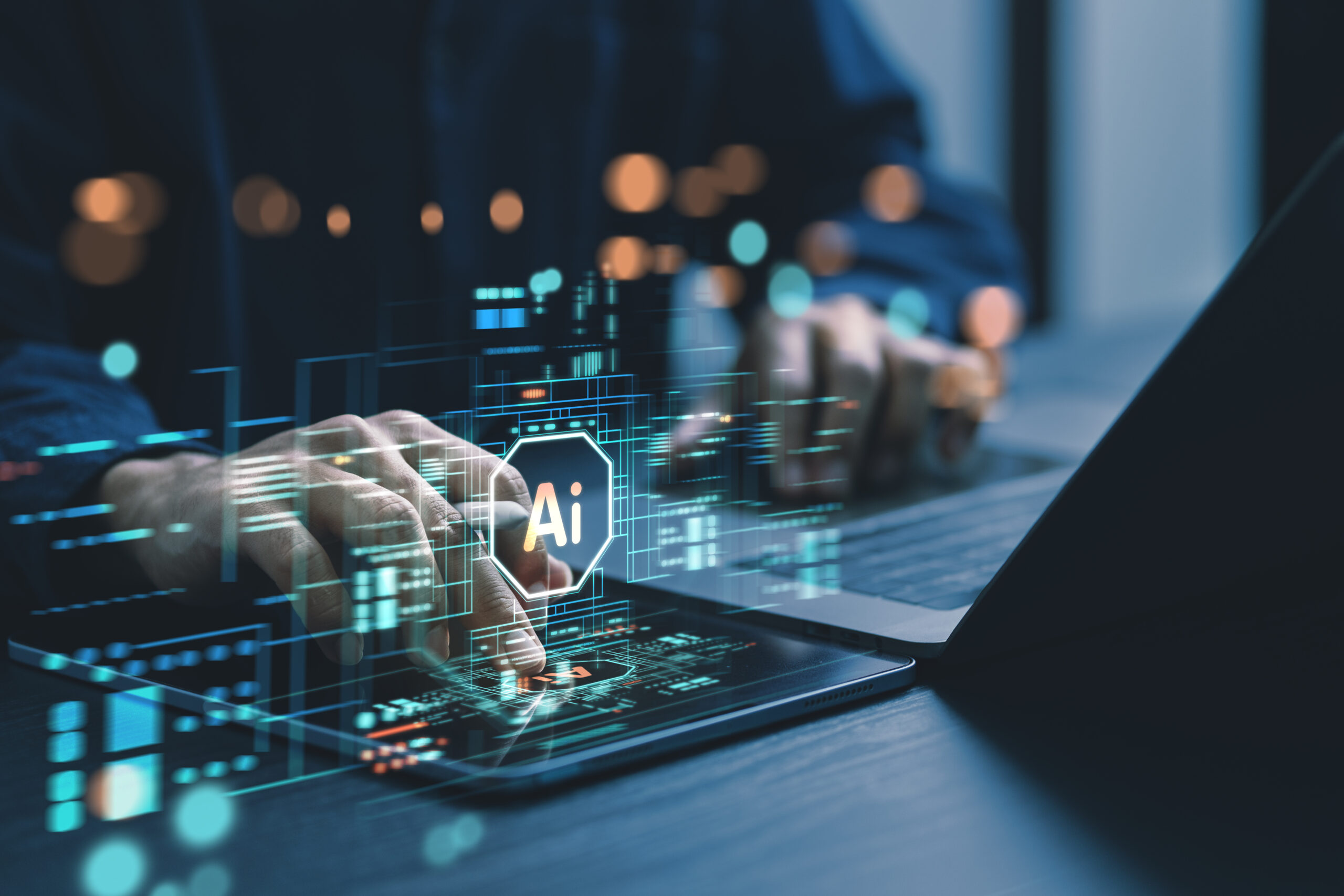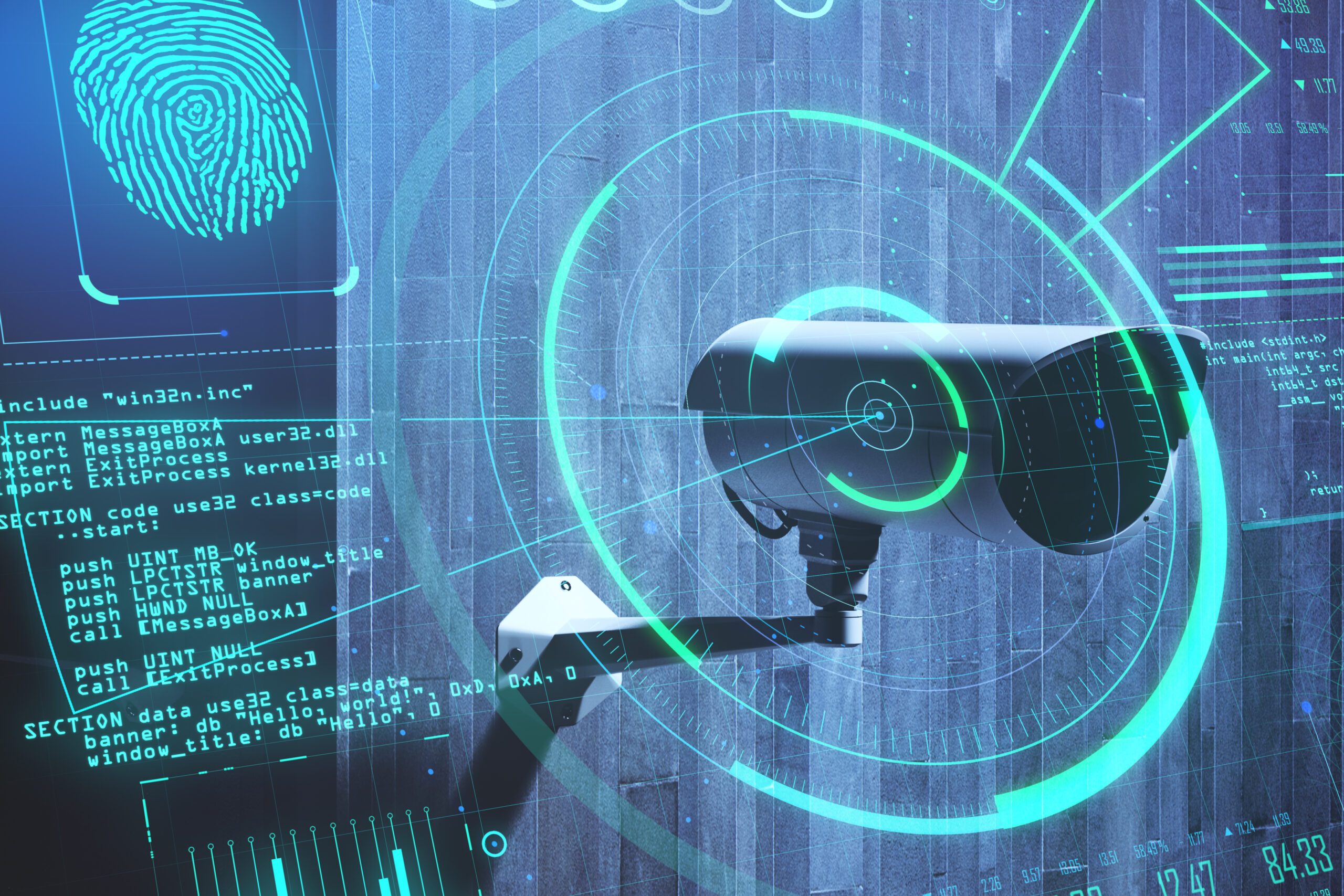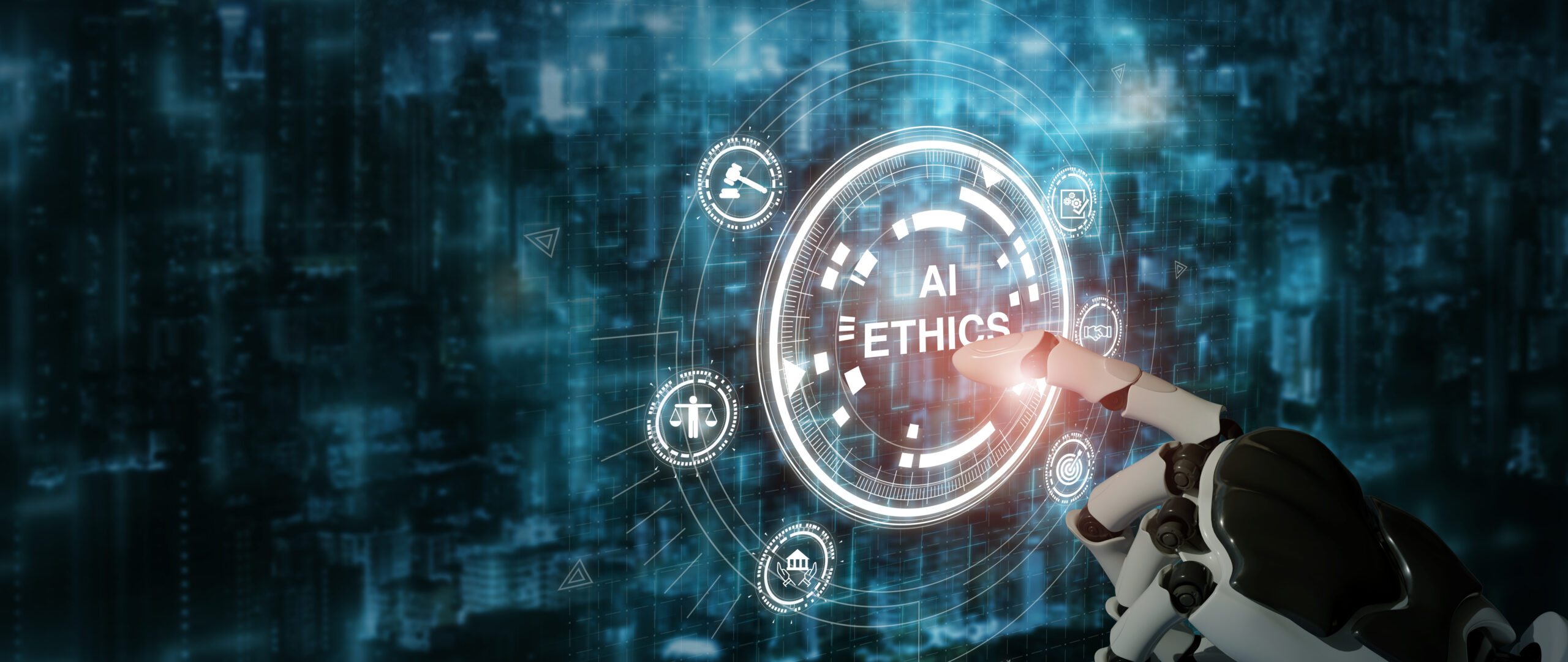Four years ago, in January 2020, we predicted a resurgence in labor mobilization (unions), xenophobia as our racial and ethnic demographics changed and a prioritization of the employee experience as Gen Z increased their expectations for their working environment. All of those came to pass. In 2024, our society and economy will continue to change rapidly, which will have a direct impact on workplace dynamics in this coming year. As we prepare for the year ahead, here are five (5) predictions on workplace dynamics that you should have on your radar.
The Mistrust and Changing Expectations Between Employer/Employee
The mistrust between employers and employees has been brewing for several years and it will continue to impact workplace dynamics in 2024.
In Emtrain’s 2023 Culture Report, we reported a drop of close to 4% in the number of employees who believe their employers nurture trust or demonstrate integrity. Due to changes in the economy and in particular, the increased cost of capital, many employers have shrunk their workforce and their investments in employee experience to reduce their overall operating expenses. Employees are pushing back on labor cuts and automation in a few ways. Most directly, many employees are opting to unionize to create a situation where employers are forced to negotiate over compensation and working environment. That’s what happened at Starbucks, where over 360 Starbucks’ locations have voted to unionize, in part, because of the increase of mobile orders and the resulting impact on working environment for baristas. Some Amazon workers have unionized and Tesla workers are currently contemplating voting in the United Auto Workers (UAW) Union. An increasing number of workforces are mobilizing to join unions and unions are stronger than they’ve been in decades.
Regarding the employee experience, many employers are opting for more cost effective employee enablement tools rather than expensive programs that support talent development, mentorship, coaching, mental wellness, DEIB and other employee experience programs. At the same time, many employers are insisting on a hybrid or return to office work model to reconnect employees with their teams and enable stronger co-worker relationships and cohesion than we’ve experienced since the pandemic started in 2020. Employees are pushing back on returning to the office and there are even some employees who have started working for multiple employers at the same time, taking advantage of the remote workplace and the lack of visibility into how employees spend their time.
In 2024, employers should be very intentional and explicit about what they expect from employees in terms of a hybrid or return to office workplace, e.g., no other jobs or employers while spelling out other prerequisite working conditions. At the same time, employers should clearly outline the working environment and programs that it provides employees to drive a better employee experience and improve office dynamics.
Increased Social Polarization and Employee Conflict
Since #MeToo and Black Lives Matter, employees have increasingly expressed their social views at work and expect their employers to take a stand on social justice issues. The challenge of course is the different life experiences and perspectives of employees and the difficulty of taking a stand on an issue that is consistent with everyones’ perspective.
The war in the Middle East provides plenty of examples of conflict happening within U.S. workforces because people have different perspectives and emotions are running high. Soon, we will all be grappling with a presidential election that many see as having profound effects on our democracy. Again, people have different political and social views and emotions are running high which could complicate workplace navigation.
In addition to the polarizing social views, the social fabric of our workplaces has become frayed and disconnected. Remote work and video conferencing doesn’t build relationships or connection which could lead to a poor team dynamic. Employees today have not built a foundation of trust and good will with their co-workers or managers and everyone is suffering because of it.
Lastly, as we move into a likely recession next year as predicted by many economists, and with employer contractions and slower hiring, employees will increasingly submit claims for real or perceived injustices as job opportunities become more scarce. The EEOC reported a 50% increase in HR claims from 2022 to 2023, and given the economy, we expect a similar increase in 2024. HR business partners and employee relations teams should have the right systems and technology in place to allow them to be proactive and not reactive, as they manage and address brewing conflict before the conflict turns into claims.
Focus on Skills, People Analytics and Reporting
As the future of work shifts from defined roles and responsibilities to skills that generate business outcomes, HR leaders will be held accountable for introducing a skills matrix that can create, market and sell the product and/or service of the business AND that promotes positive co-worker and team social dynamics. Many HR solution companies have introduced a skills matrix, but most bypass and avoid compliance topics. At Emtrain, we’ve developed a skills matrix to generate positive employee social dynamics and a healthy workplace environment. HR leaders need to map a comprehensive skills matrix to the skills needed to run their business and anchor talent management to the development of those necessary business skills.
Introducing a skills matrix is just one step and does not deliver value until you operationalize it. In order to operationalize a skills matrix, you need a solid people analytics function and reporting on the skills. We also offer microlessons that can be customized to fit your specific needs.
Emtrain focuses on the skills needed for positive social dynamics on core culture issues – ethics, respect, inclusion and belonging. Emtrain provides people analytics and reporting on the strength of the people skills needed to generate ethics, respect, inclusion and belonging.
Increasingly, HR leaders will be expected to provide visibility to their executive team on the skills of their workforce, including where there are strengths and weaknesses and the direct business outcomes from the identified weak skills. In order to do that, HR leaders will need to develop a skills matrix along with a robust people analytics function and reporting.
Prioritization of Leader and Manager Skills Development
Due to the mistrust between employers/employees as discussed above, and the weakened social fabric within teams, companies need to invest in the development of their leaders and managers to improve team dynamics. The workforce is composed of teams with complex office dynamics based on the life experiences of each team member. Teams are either effective and efficient, OR, they generate friction and experience poor team dynamics. When people worked together in an office it was easier for leaders and managers to develop relationships with direct reports and see when people needed support which increased productivity. Now, with many remote and hybrid teams, it’s much more difficult to see when team dynamics create unproductive friction.
With a hybrid and remote first workplace, leaders and managers need to be very intentional about developing their skills to support a multigenerational and multiracial workforce. Businesses are looking for skilled leaders and managers to mobilize and retain teams. At the same time, people are looking for opportunities to develop their management skills. Accordingly, businesses should be investing in manager skills development to generate the best business outcomes while retaining top talent.
Blending AI into Workplace Dynamics
HR and talent leaders should proactively meet with business leaders to identify 2024 staffing needs to accomplish business goals, AND, whether and/or how AI can expand the capacity of teams. AI is already extending the reach of sales, marketing, product and engineering teams. Depending on their role, each employee may be able to increase productivity by 50% or more. HR leaders should probe on how much AI extends the capacity of the workforce and blend that extension into workplace dynamics in 2024.
Conclusion
Our society and economy continue to change rapidly, which has a direct impact on workplace dynamics in 2024. Between the growing mistrust between employees/employers, social polarization and conflict, and blending AI into workplace dynamics, HR leaders will need to prioritize the development of leader and managers’ skills and focus on skills, people analytics and reporting to the business. In this rapidly changing world, it’s up to the HR leader to navigate workplace dynamics in 2024 to generate solid business outcomes.










